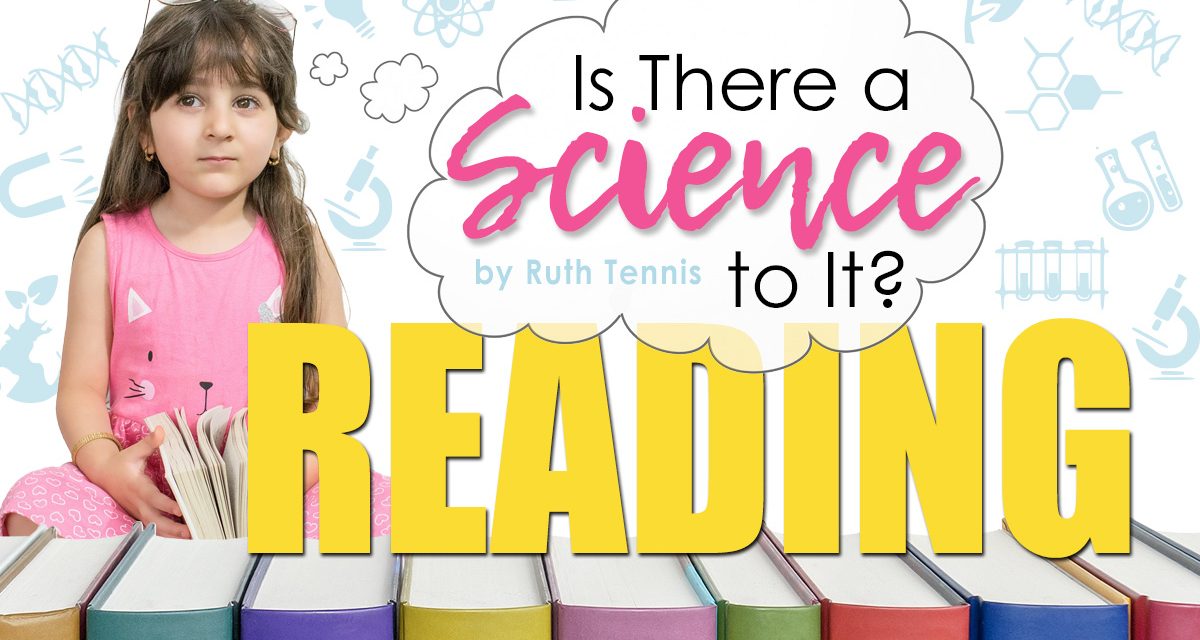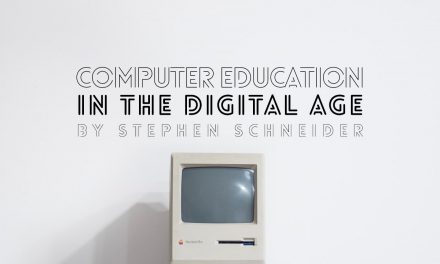Reading has to be taught. We don’t intuitively know how to interpret those letters on the page. We call that skill decoding: the groups of letters make sounds which are put together to make different words. But how we teach a child to decode is often a matter of dispute. In my lifetime, the US trends in reading education have swung back and forth, from versions of phonics to whole language (or balanced literacy). Now, a current method, “Science of Reading” (SOR), is required by 30 state education departments. SOR is not a specific program. Instead, it’s a set of requirements rooted in systematic phonics—we’ll discuss the key elements. Check with your local state homeschool organization to see if your state requirements include homeschoolers. But don’t be alarmed! SOR might be new terminology, but the concepts aren’t new. In the homeschool world, we’ve been incorporating these methods for decades. Chances are, you are, too.
First, the Science in a Science-of-Reading-aligned program is based on the massive, worldwide research which shows children are most successful in learning to read when phonics instruction is taught systematically, explicitly, and cumulatively. Much of this data comes from the US National Reading Panel report from 2000, which reviewed more than 100,000 studies. (So, not necessarily new research, but authoritative.)
Next, SOR programs require Systematic Phonics programs. These are organized with a specific, intentional scope and sequence, with direct and thorough instruction (explicit), that builds upon previous skills and heads towards the next (cumulative). Students learn rules for decoding each letter and combination of letters. Students follow a definite plan of action, decoding the sounds in the words and then the whole word. These tasks are the larger portion of each lesson. Sight words often fall outside of traditional phonics rules (such as could, we, some). So, sight words (starting with high frequency words) are taught, but typically start with a smaller amount and steadily increase as a student’s skills mature. Reading practice utilizes decodable readers that follow the phonics instruction’s specific sequence.
An SOR program integrates the 5 pillars of reading: the first two are phonemes (identifying the individual letter cluster sounds) and phonics (learning the predictable letter cluster patterns in words). These two pillars make up the “phonics” part of a reading program. The next 3 pillars are continually cultivated as reading skills mature in fluency: through acquiring vocabulary and comprehension (to read, process, and apply what’s read). Students become more fluent and continually strengthening their comprehension skills (verbal reasoning, language syntax, more complex vocabulary, inferences, and more). Most phonics/reading programs do an excellent job of including all 5 pillars.
Most of the educational debate centers on word recognition. Phonics opponents agree that English words are guided by a lot of phonics rules, but English is always breaking them. So, in their view, a systematic phonics method can cause more confusion. English is indeed a uniquely organic language, integrating words from other languages, absorbing new words, and constantly changing. However, systematic phonics instruction hands a child tools for recalling (and automatically identifying) the phonics-based words. This conquered, your child will have the mental bandwidth to invest in learning those exceptions, for becoming more fluent readers, for understanding what they’ve read, and adding in new vocabulary—becoming fluent.
With SOR, the terms may be different, but be encouraged; this approach is nothing new. If you want to dig deeper into SOR, check out this clear and digestible Put Reading First document which examines SOR in more depth (written for teachers by teachers). It is helpful to know whether you desire a systematic phonics approach and how well your program’s methods follow that. If you’re uncertain, give the Rainbow consultants a call (M-F, 8:30-5pm CT) at 888-841-3456. ~ Ruth





